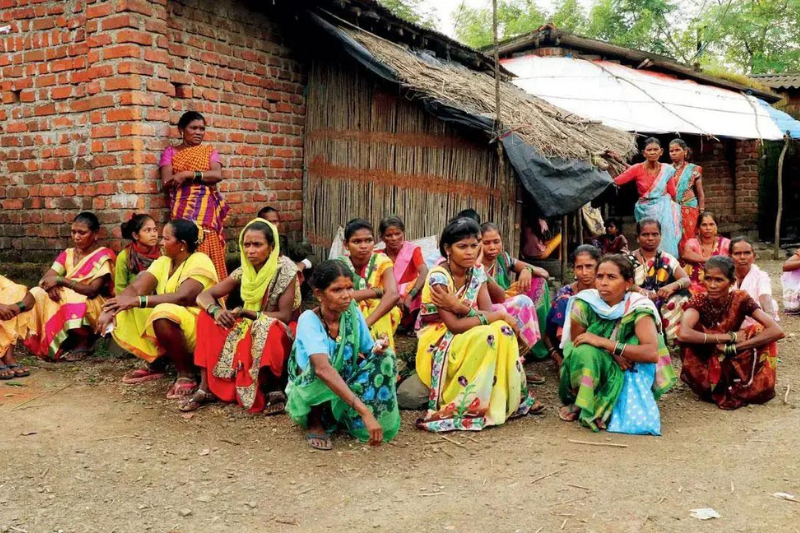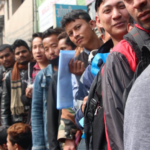
bonded labor is illegal, but widespread in india
Despite being abolished in 1976, bonded labor a form of modern slavery is prevalent in India affecting millions of individuals and their families. Poor, helpless people with minimum to no access to the formal banking system, in desperate need of money often fall victim to unscrupulous employers and landlords.
With the lure of “quick money”, the shady bosses has the poor individual person enter into an agreement, via a thumbprint or signature, that he or she would render service to him or the company, either by himself or through any member of his family for a (un)specified period, either without wages or for nominal wages.
According to the Indian government, around 315,302 people were released from bonded labor in over four decades between 1978 and January 2023. About 94 percent have been rehabilitated.
Bonded Labor in Coffee Estates
The Adivasi Hakkugala Samanvaya Samiti (AHSS) has helped about 1,500 bonded laborers in Kodagu, one of India’s largest coffee producing districts, Karnataka. YK Ganesh, secretary of AHSS, says some coffee estates have become a vicious den for debt bondage. He criticized the police and district administration for not doing enough to protect workers.
Keep Reading
Ganesh said those held in bonded labor, under Indian law, are entitled to compensation that is money and a place to live. But this hardly happens and only 100 families have so far received financial help, totaling 300,000 rupees.
An Indian government report stated that majority jobs created in India are in the informal sector. This leads to job insecurity, low wages, and lack of labor protection. The levels of informality are a concern. The State of Working India 2023 report said between 1983 and 2019, the share of the non-farm sector in employment rose 20 percent, but the majority of such jobs was informal.
India Takes Up New Strategy to Abolish Bonded Labor
In March 2023, the Government of India adopted a multi-pronged strategy to abolish bonded labor systems. The Bonded Labor System (Abolition) Act, 1976 empowers Executive Magistrates to exercise powers of Judicial Magistrate of first or second class for trial of offences.
Vigilance Committees at District and Sub-divisional levels have been prescribed to identify and rehabilitate bonded laborers. Furthermore, there’s the Central Sector Scheme for Rehabilitation of Bonded Laborers, whereby the government provides financial assistance up to Rs 30,000 for each case.
There’s also non-cash assistance, such as allotment of housing or agricultural land, provision of low cost dwelling units, animal husbandry, dairy, poultry etc, wage employment, and education for children, and much more.









